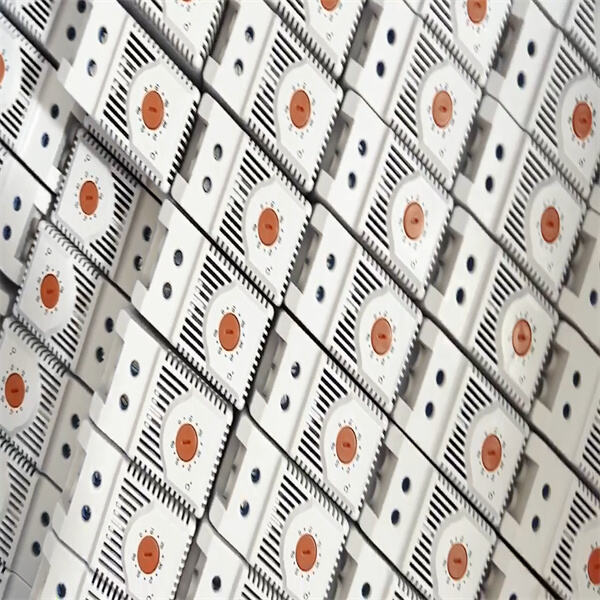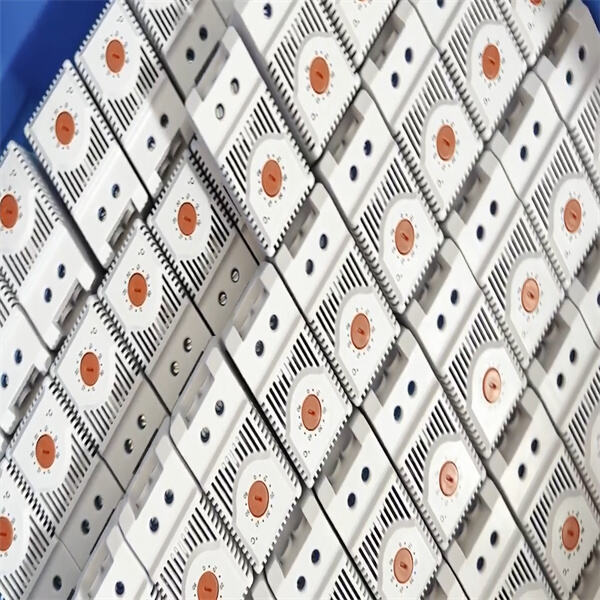Cable terminal blocks facilitate the connection of various wires in a safe manner. They are the equivalent of a puzzle’s pieces connecting in a way that enables electricity to flow from one wire to the next. Terminal blocks are available in every imaginable size and shape, but they all serve the same basic purpose: keeping wires neat and hooked up properly.
“When choosing a cable terminal block, consider the diameter of the wires you’ll be linking, whether the cable will be stationary or moving, and how much electricity the cable will carry,” Waldman says. You should also think about how many cords you want to plug in. Some terminal blocks contain more slots for wires than others. And if you’re not sure which terminal block to use, get an adult to help you.

Threading a cable terminal block is hard at first but you’ll get the hang of it! First, make sure you cut power to the wires you’re tying in to. Then strip a tiny piece of insulation from the end of each wire. Then drop the wires with the terminal block slots and screw in the wires for lockig the wires up afler placement. Finally, make sure that everything is connected appropriately in the end and power it back up.

Cable terminal blocks are utilised for the connection of wires, into machines, in factories. They keep wires neat and tidy, and they allow you to more easily address any issues. They also make terminal blocks more maintainable -- it's easy to disconnect a wire and hook it elsewhere. Keeping it all connected with terminal blocks makes it all work perfectly.

On occasion, cable terminal blocks may not function properly. This is also may due to a bad connection or broken wire. If there's an issue with your terminal block, the same can be said for the screws: making sure all the wires are firmly attached. You will also want to look for any damage on the wires. If you can’t get beyond this point, it is best to meet an adult, or a specialist.

Copyright © Linkwell Electric (Shanghai) Co., Ltd. All Rights Reserved - Privacy Policy | Blog